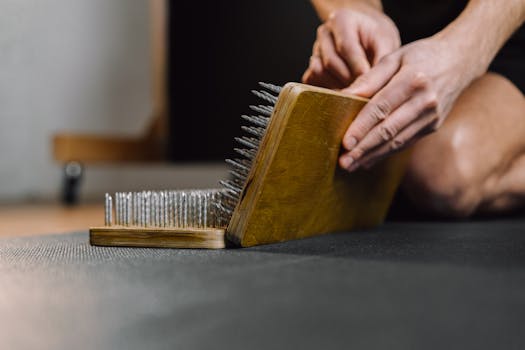
The Connection Between Breath and Movement

In both yoga and Pilates, breath serves as a vital link between mind and body. Proper breath control enhances movement efficiency, improves muscle engagement, and promotes overall well-being. Whether in a challenging yoga pose or a Pilates exercise, synchronized breathing allows practitioners to attune their focus and increase their body awareness.
Breath Techniques in Yoga

Yoga incorporates various breathing techniques known as “pranayama,” which translate from Sanskrit to “life force control.” Techniques such as Ujjayi breathing, Nadi Shodhana, and Kapālabhāti help practitioners cultivate inner peace and mindfulness. For example, Ujjayi breathing involves a slight constriction at the back of the throat, producing a soft sound as you inhale and exhale. This technique not only boosts oxygen intake but also creates an audible reference point, guiding your concentration throughout practice.
Breath Techniques in Pilates

In Pilates, breath plays a similar role—supporting spinal alignment and core stability. In this practice, it is essential to coordinate your breath with your movements: inhale to prepare and exhale during exertion. A fundamental approach often taught in Pilates is to breathe in deeply through the nose, allowing the ribs to expand, and then exhale through the mouth, activating the core. This coordination increases control over the body while developing abdominal strength and lung capacity.
The Psychological Benefits of Breath

Focusing on breath during yoga and Pilates not only enhances physical performance but also nurtures mental clarity and reduces stress. Regular practice of controlled breathing has been shown to regulate the stress response, leading to lower levels of anxiety and depression. Cultivating mindfulness through breath helps individuals stay present, allowing for greater enjoyment in both the practice and everyday life.
Incorporating Breath Awareness into Daily Life

You can enhance body-mind integration outside of your yoga or Pilates sessions by incorporating breath awareness into daily activities. Simple techniques such as the 4-7-8 Breath method—inhale for four seconds, hold for seven seconds, then exhale for eight seconds—can anchor you during stressful moments. Regularly practicing these skills can deepen your somatic experience and increase mindfulness during routine tasks, ultimately enriching your overall well-being.




